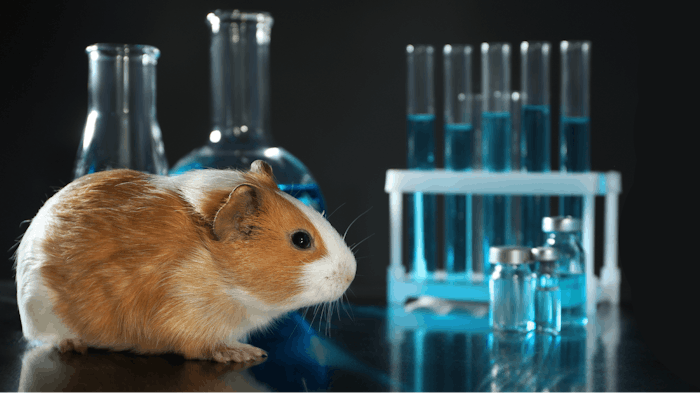
On March 17, 2022, CTPA convened its first expert workshop dedicated to proving the safety of chemicals without reliance on animal tests.
Recently: Animal Aid Funds XCellR8 for Animal-free Safety Testing
Animal testing bans in the U.K. and EU cosmetic regulations relate to areas of safety covered by the cosmetics law, which ensures safety for consumers and professional users of cosmetics and personal care products. However, it is the case that other pieces of chemical legislation may require chemicals used in cosmetics to undergo animal testing for other areas of safety such as for the environment and to protect the people manufacturing cosmetic products.
While this testing does not contravene the strict cosmetic animal testing bans, CTPA and the U.K. cosmetic industry wants to promote the use of new approach methodologies (NAMs) as alternatives to animal testing for these vital safety requirements under other chemicals legislation, especially UK Reach.
This CTPA workshop brought together expert scientists from cosmetic companies, animal-free testing providers, NGOs, academia and U.K. Government regulators. Case studies showing how NAMs can prove chemical safety and solutions for overcoming challenges enabled participants to discuss how to work together to progress the use and acceptance of NAMs more widely in complying with requirements under UK chemicals legislation.
As the U.K. establishes its independent chemical regulatory system, its cosmetic industry is seizing this opportunity by showcasing how NAMs can be the center of chemicals law using techniques to protect health and the environment.
Emma Meredith, Ph.D., director general of CTPA said: “CTPA is pleased to have convened this important workshop as a neutral forum for specialist scientists and other experts in this field, acting as a catalyst for open discussion. Not only does the U.K. cosmetics industry completely support the strict animal testing bans in place under cosmetics law but it has also been a pioneer in developing new approach methodologies. I am confident that, in time, research efforts will allow for continued innovation and safety assurance of all chemicals without the need for animal testing, as well as regulatory acceptance of these new methods.”
Featured: European Regulatory Update: EGD, Packaging and Green Claims
Fiona Sewell, Ph.D., head of toxicology at the National Centre for the Replacement, Refinement and Reduction of Animals in Research (NC3Rs) said: “New approach methodologies offer great opportunities to improve the predictivity of safety assessments while reducing reliance on animal use in toxicity testing. It is crucial that we continue to collaborate and work together, focusing on advancing these methodologies by implementing the 3Rs, as well as maximizing their impact through wider dissemination to other sectors and other chemicals legislation. We can take cosmetic safety assessment as a good example where animal testing has already been replaced."
Carl Westmoreland, Ph.D., director of science and technology at SEAC, Unilever said: “In the 10+ years since the EU banned animal testing on cosmetics ingredients, assuring consumer safety without the need for animal testing is now routine. The cosmetics industry has pioneered the use of NAMs and next-generation risk assessment for safety assurance. This same, modern science can be translated to the safety assurance of workers and the environment and the cosmetics industry is keen to share our science to speed up the acceptance of NAMs in other areas of regulatory safety.”










